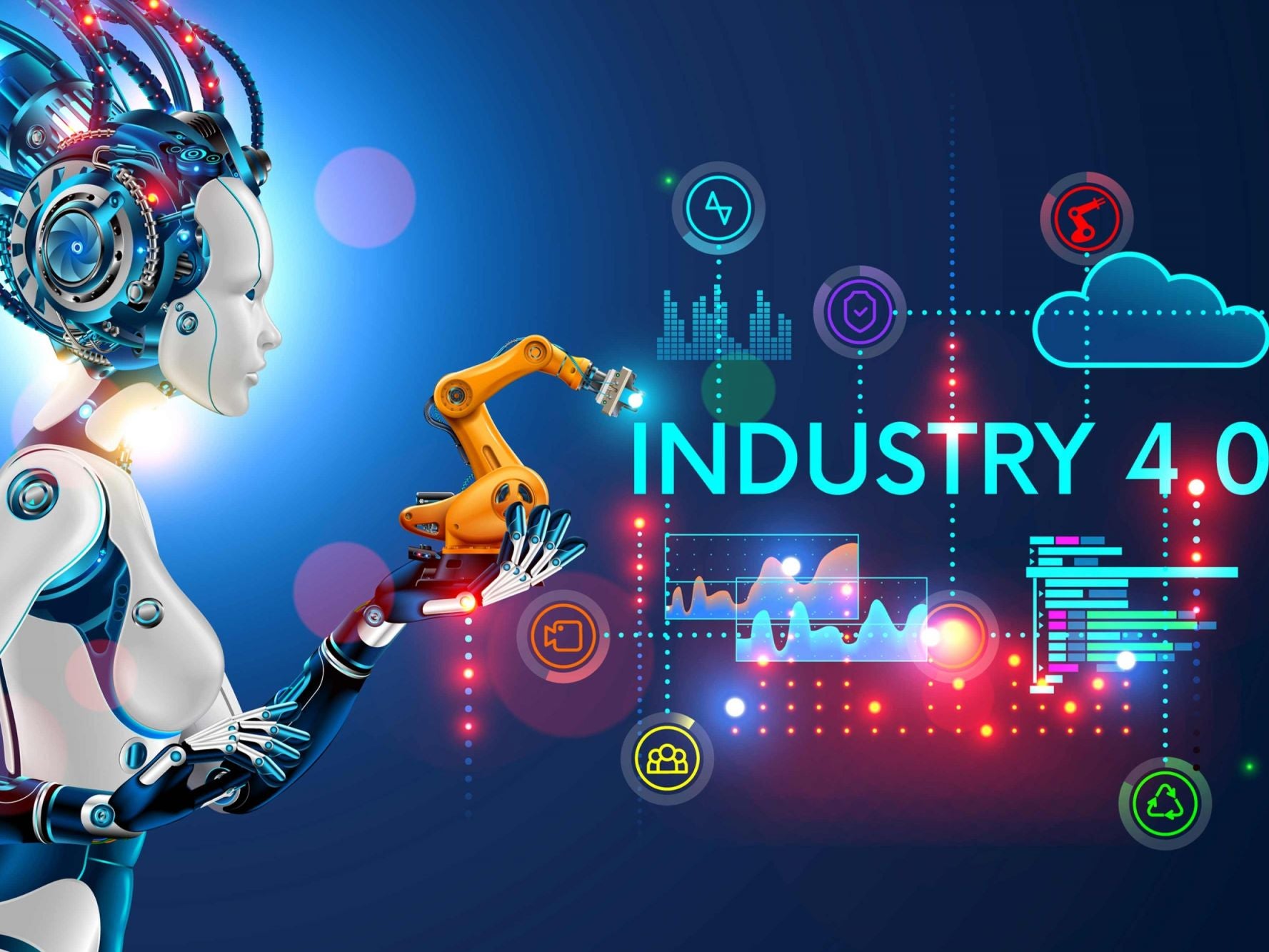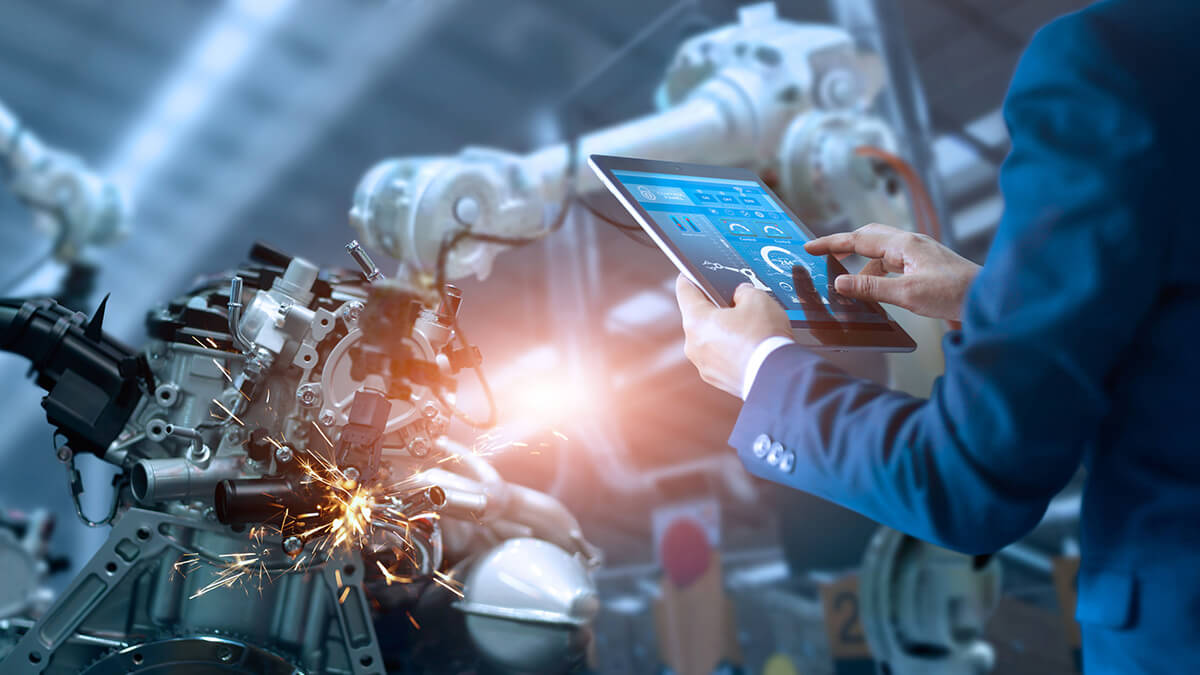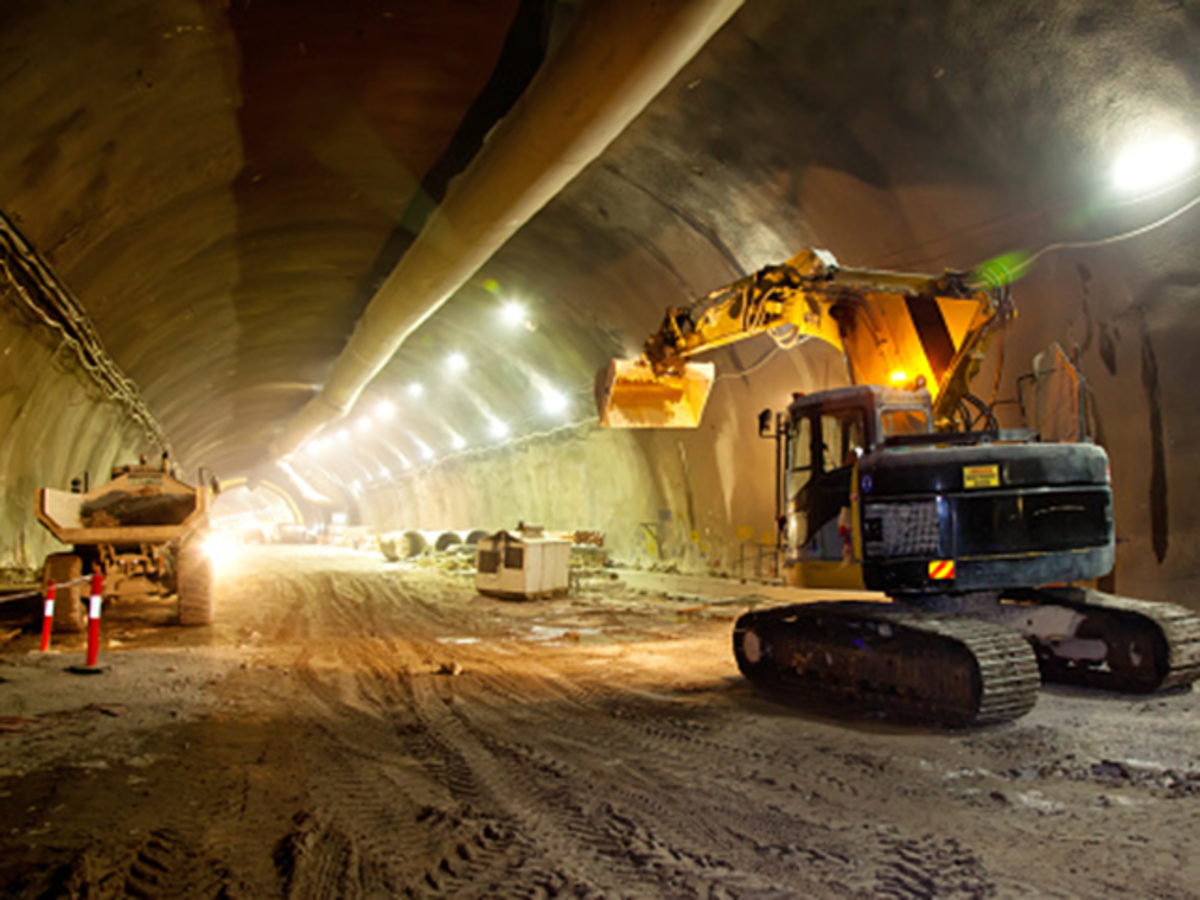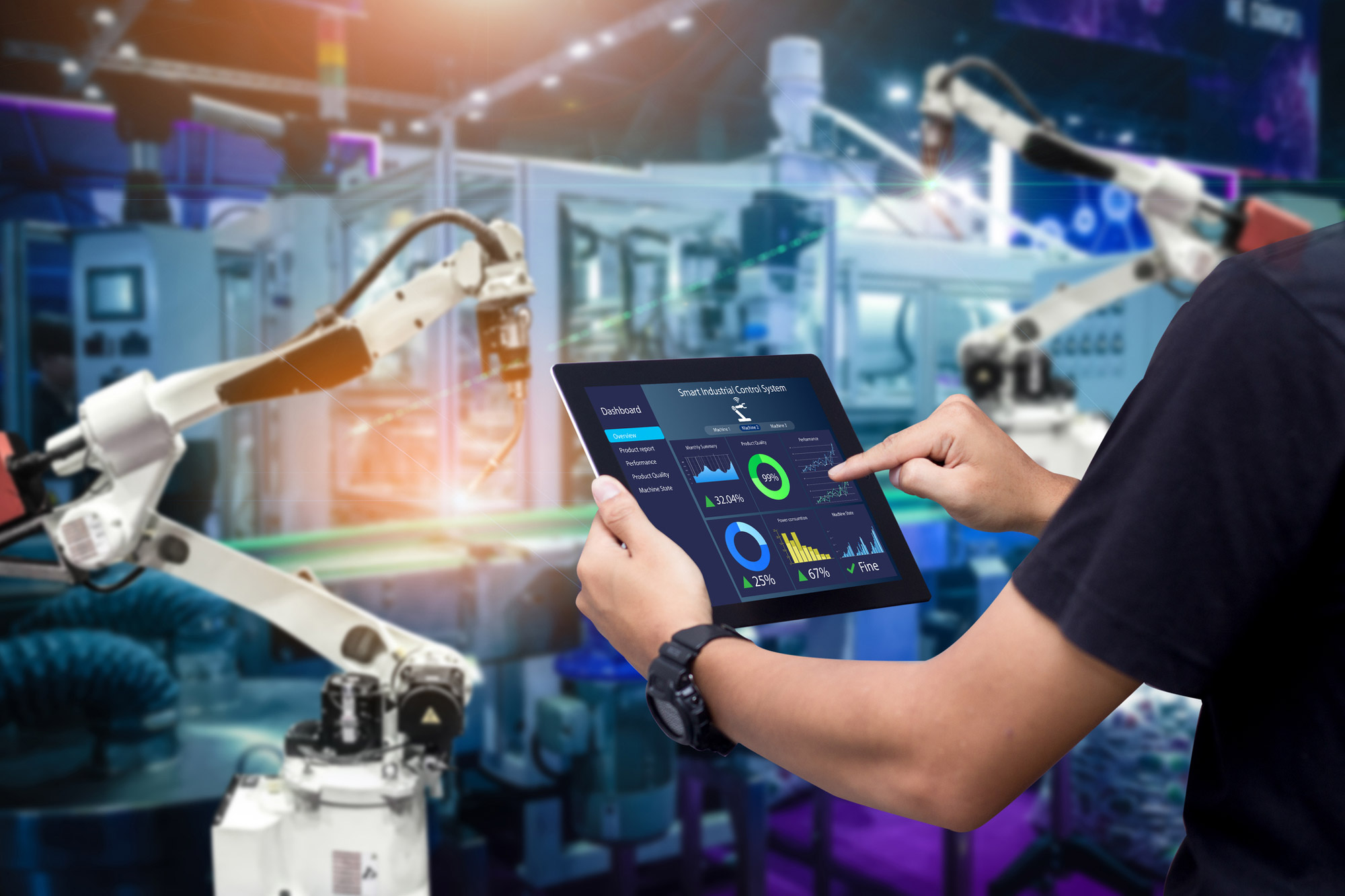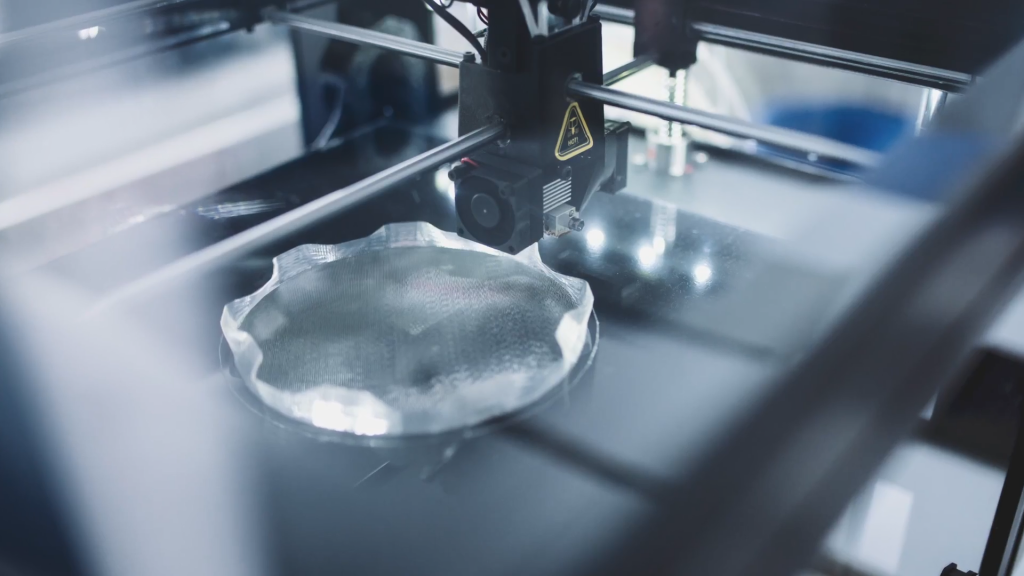Fire and Safety Equipment: New Technologies Leading to Product Innovation
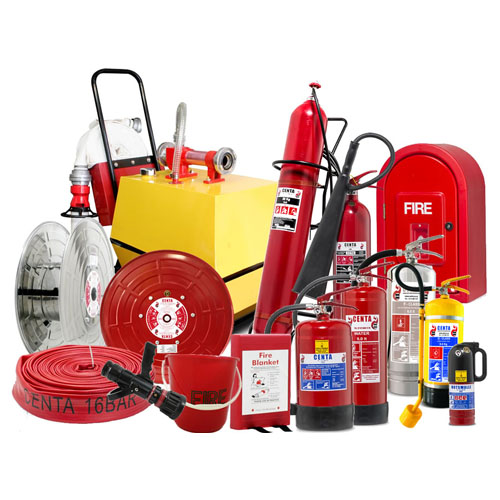
“Innovation can often be slow to move forward compared with some other industries in the fire prevention industry. The growth of innovation in the market can be hindered by legislation, regulation, and enforcement. But it is vital because in this profession the ability to innovate saves lives.”
Innovation is also fueling the need for increasing complexities in the current infrastructure and a need for more sustainable solutions. Fortunately, numerous firms are in the lead in providing solutions to prevent and extinguish fires that are safer, more efficient, and safer.
Smart technologies for the fire protection industry
Smart technologies such as artificial intelligence, mixed reality, or self-support cars are used in ways that are hardly imaginable by first responders just ten years ago. Other new technologies include the usage of Big Data, biotelemetry and face recognition software, 360 videos and game technology are emergent as firemen are becoming used to the latest technologies. The integration of these systems will make everything from pre-planning to emergency mitigation and after-incident analyses far more efficient.
However, usefulness and intuitive interfaces to allow the smooth integration into present activities will depend on this technology. For example, tools like the 3M Scott Connect Monitor retrieve air-management data automatically with very little work from an incident controller.
Advanced Biotelemetry
In addition to cardiac rates, bio-electrical technology will inform managers of the working conditions of hard internal crews of the individual and specific levels of activities of a fireman. In addition, modern biotelemetry will keep the responders safer in an instantly harmful environment (IDLH) in combination with current, connected monitoring of workers and integrated with air management.
Artificial Intelligence, or AI
Future AI will deliver real-time traffic analytics for 'closest' time shipments, computers' object detection, and alert indoor crews about upcoming physical computation-based flash-over and background environment.
Virtual, Mixed and Augmented Reality (VR/MR/AR)
The focus is on providing citizens with education, reaction training, and improved emergency response using developing platforms. Soon, children will learn to halt, fall and roll through the haptic touch and digital aroma in virtual reality. Those who respond will reduce imaginary and authentic emergencies with gaming technology, used for indoor visual awareness in visually immersion environments in real-time. The New Zealand Fire Service, for example, has used 360-grade video and VR technology to create a unique and attractive experience, in order to help citizens plan their homes in a safe fire.
Autonomous Vehicles
First responders and equipment will be transported on the ground and in the air by programmable vehicles before, during, and after the disaster and will limit the impact of human mistakes. These motor vehicles will play a major part in the collection and delivery of data for respondents via GPS, 3D-grade 360-grade photography and remote sensing.
Computer Vision, Edge Detection and Object Recognition
Several public (NASA) and private groups have been established to allow vision by firefighters, to provide digital and contrasting boundary detection and thermal imaging. These new systems enable the detection of objects on board, transmitting warnings to unknown firemen and warning about imminent flooring and roof assembly.
Facial Recognition Software
This kind of software helps law enforcement authorities to protect their employees. In the future, this computer vision will be used by fire and medical personnel to enable respondents to recognize their unconscious identity, family, treatment, and medical history.
Big Data and the Internet of Things (BD/IoT)
Respondents will have sophisticated situational awareness systems which use numerous data sets and offer lifesaving advantages combined with multi-sensor fusion and IoT, both for personal and possible victims in the case of emergencies. BD/IoT will continue to be a focus area in which network security in these development platforms is understood and needed.
SMART Cities
All of these programs worldwide bring 3D/360 digital assets to avoid fire, mitigate responses and investigate them together. Digital design has become an essential element for decades and, thanks to the introduction of FirstNet and 5G cellular technology, fire prevention offices will be part of a previously unimaginable set of target safety maps that interface with respondents' phones, tablets, face panels, and enhanced reality, similar to stylized security systems by Irónman.
Video detection of smoke/flames
For some time now, Video Image smoke detection technologies have been in place, but video detection is employed for a wider variety of applications.
A fire VID system "consists of analytical video algorithms that incorporate cameras into advanced systems for flame and smoke detection." This video footage is then analyzed by software that evaluates whether a fire can identify smoke or flames. Smoke/flames can be detected by the algorithms on numerous bases, such as brightness changes, contrast, mobility changes, etc. These detection technologies can even provide, in addition to detection/location, motion detection, and other control functions depending on the type of system.
The notion of VISD technology is that the signature of smoke and flames may actually be seen in a particular area. In electricity plants, stadiums, paper factories, and huge warehouse/distributor centers, for example, where the usage of traditional methods may be difficult to locate. In order to achieve faster, better extinguishing, flame VID systems trace fire to its source.
Integrated voice evacuation
Critical lifesaving tools include voice evacuation and the capacity to adapt evacuation directions. Products that include integral voice removal to the next level were released by Notifier and Edwards in 2019.
The Notifier L-Series System Sensor speakers deliver the messages required to satisfy the code with a range of applications. Its 8-inch dual voltage speakers give outstanding sound fidelity and tremendous volume. The series also offers mounting options for walls and ceilings. These state-of-the-art speakers are suitable for large warehouses, very popular, or extremely loud settings.
As their "primary emergency communications system," Edwards releases its EST4 platform in 2019. The platform saves in any order 250 audio messages to be played and supports thousands of devices that are addressable, announcement indications, and control switches. This system setup enables designers greater versatility, as it provides an advanced networked alarm and emergency communication platform to map the implementation of their emergency plans.
Water mist suppression systems
Sustainability is a fundamental concern for the fire protection sector. Marioff is fighting fires with much less than typical sprinkler systems in water neck suppression systems like HI-FOG ®. The water is maintained under extremely high pressure and released via specialist sprinklers and sprinklers. As the water is scattered in little drops, it can reach a considerably bigger surface area.
Another means of suppressing fire is using gas suppression systems, other than sprinkling systems. As a substitute for Halon devices, a number of decades ago gas suppression was invented. Now, water mist systems could be a gas suppression substitute. Gas suppression has been discovered to contribute to global heating, yet it is safer for our climate. The outcome is the growing popularity of water mist systems. These systems are safer and yet as effective as other techniques.
Major Market Highlights:
- Over the past 5 years, Halma has bought 53 enterprises, 9 of them. Three purchases were made by private shareholders in Halma. In 2016, when Halma acquired CenTrak for $140M, it was the largest acquisition till date. Moreover, it was the largest revealed sale of Tritech International to Moog in 2012 at $32M.
- Over the past five years, Gentex has purchased six companies. It has been divided into 2 assets as well. In 2013, when it bought Johnson Controls – HomeLink Business for $700 million, which is Gentex's largest purchase till date. Security (50 %) and the car industry are among the most targeted sectors (34 %) of Gentex.
Conclusion
There are a variety of options on the market in the field of fire protection technology. Regardless of industry, you probably know the more popular fire safety technology accessible, fire alarms, extinguishers, and fire alarms systems. However, fire prevention technologies stretch far beyond some of these well-known systems.
Fires affect every year the injury, loss of client confidence, and damage to the building of hundreds of organizations. You can avoid accidents to your staff and guests, expensive damages, and possible fines for your business by adopting a fire prevention and preparedness program.


